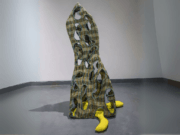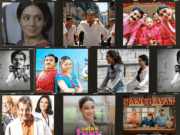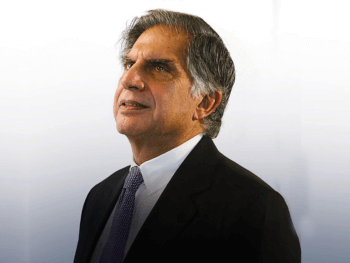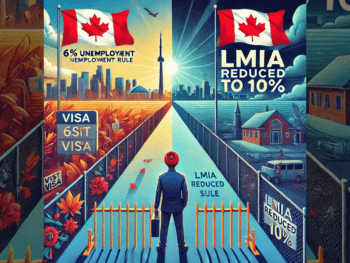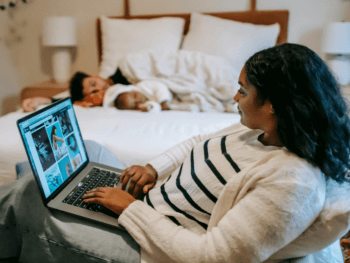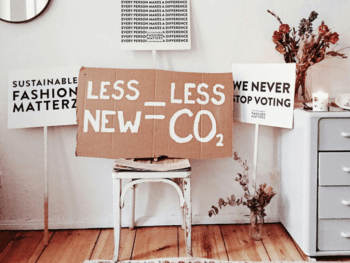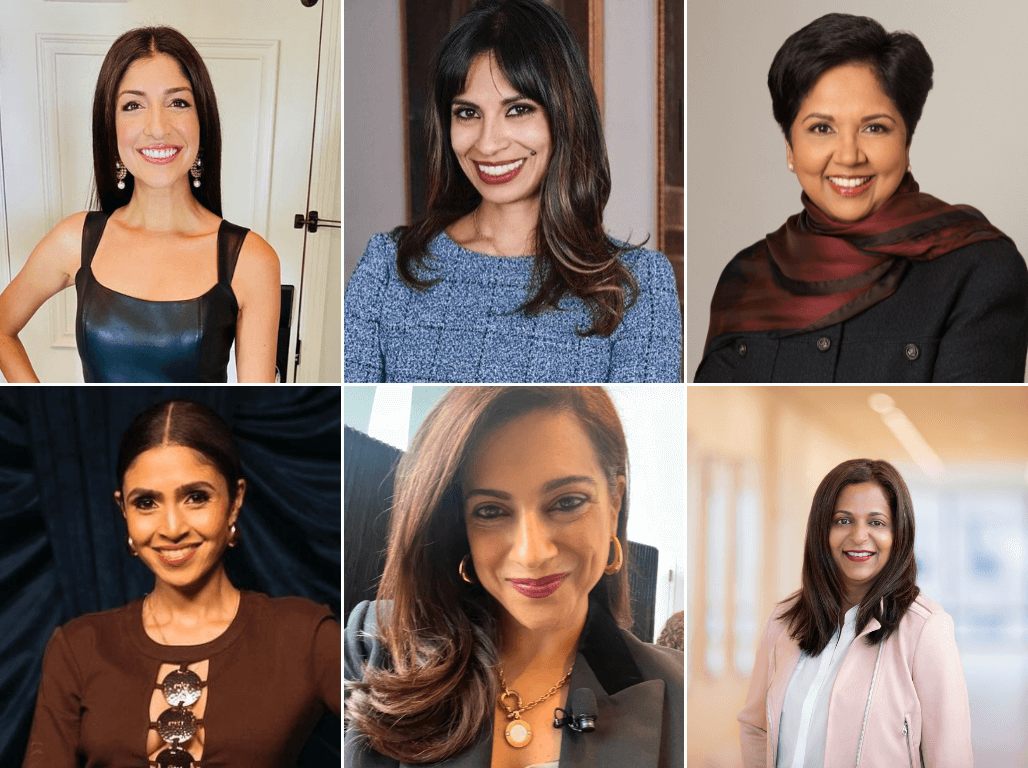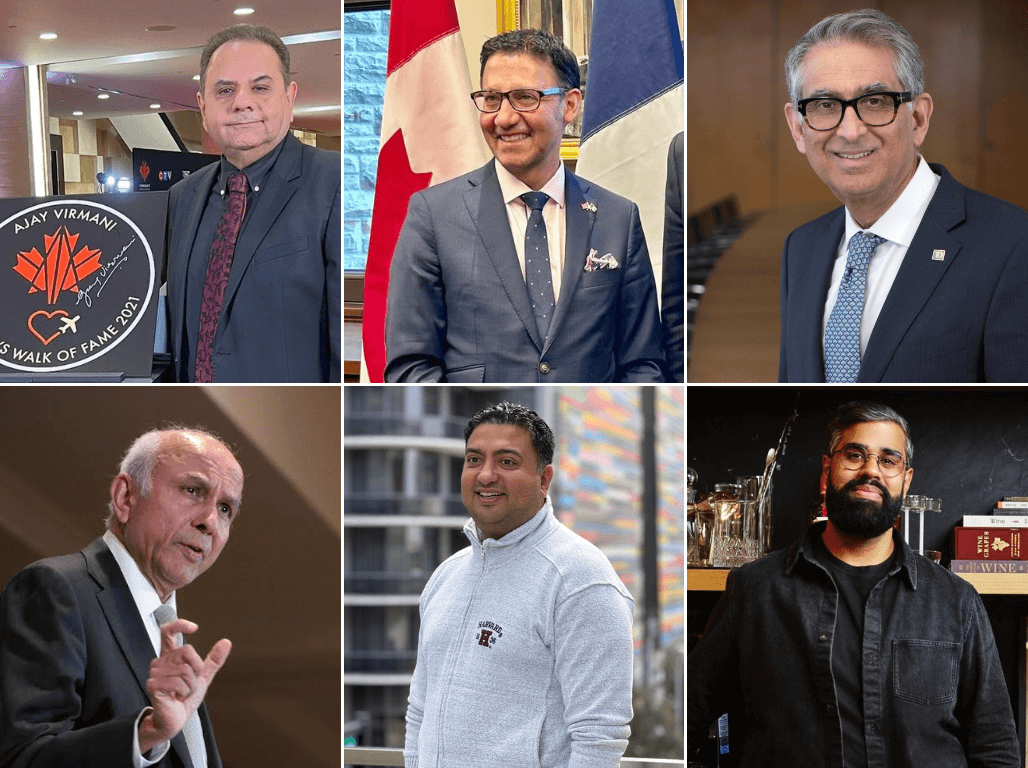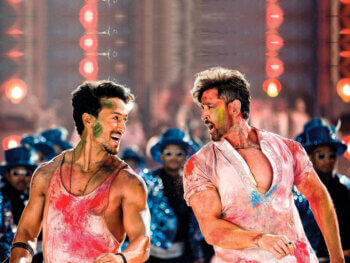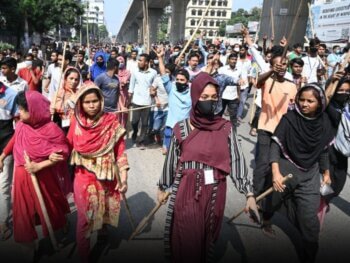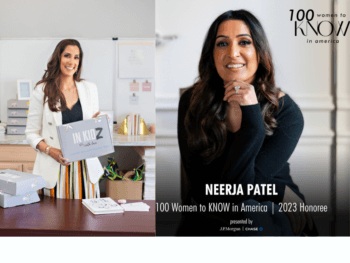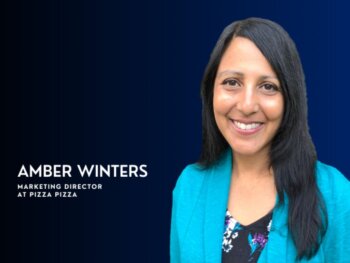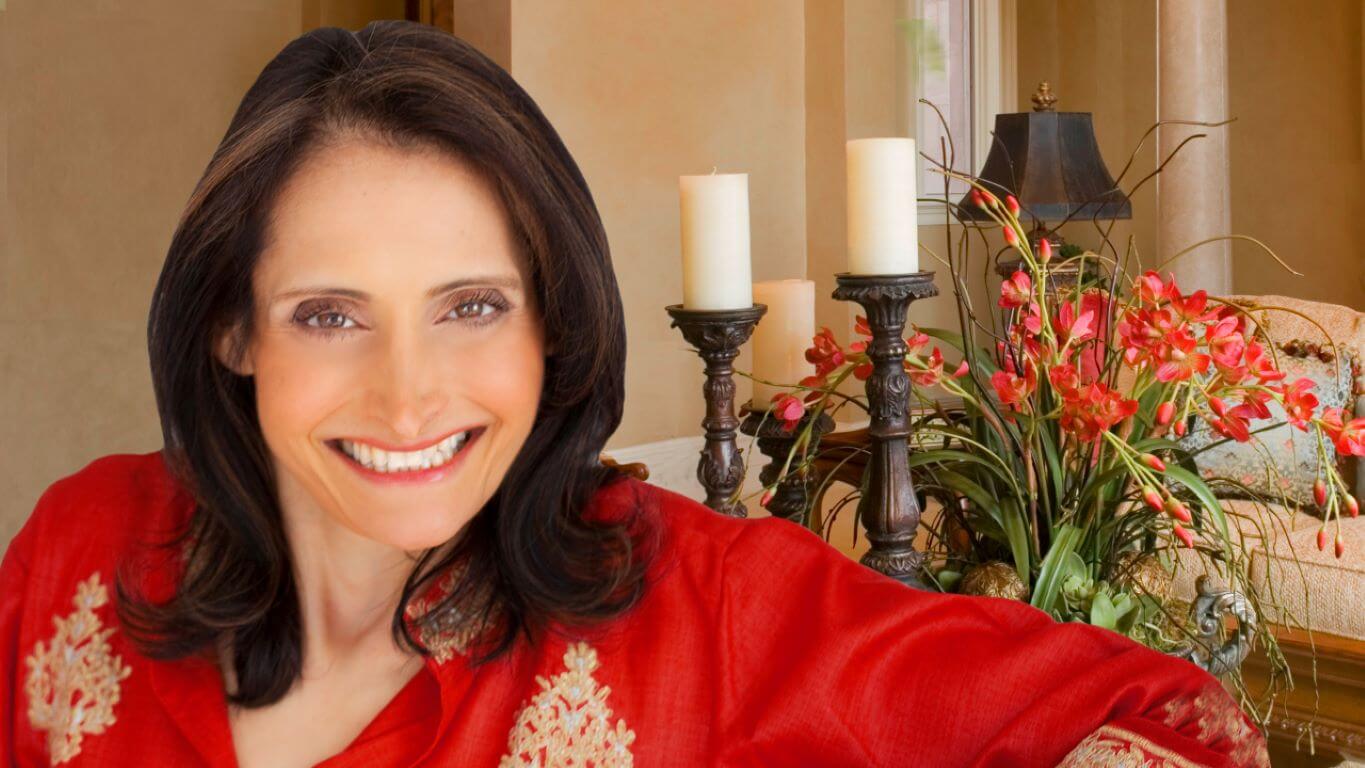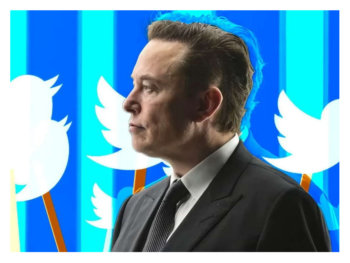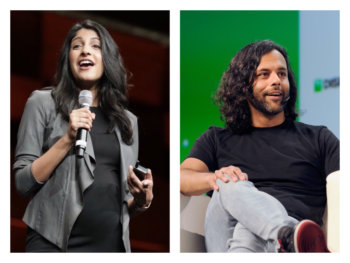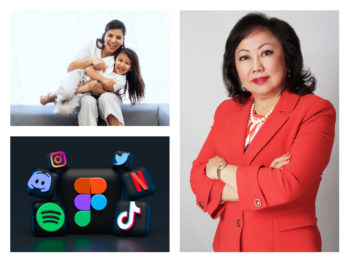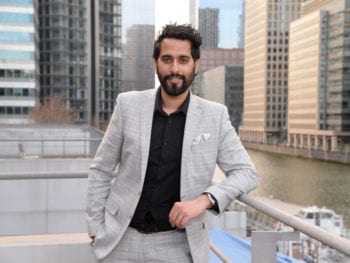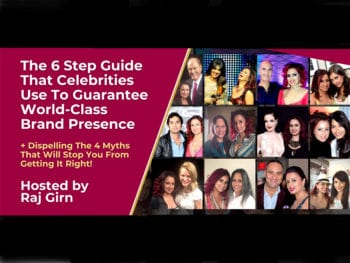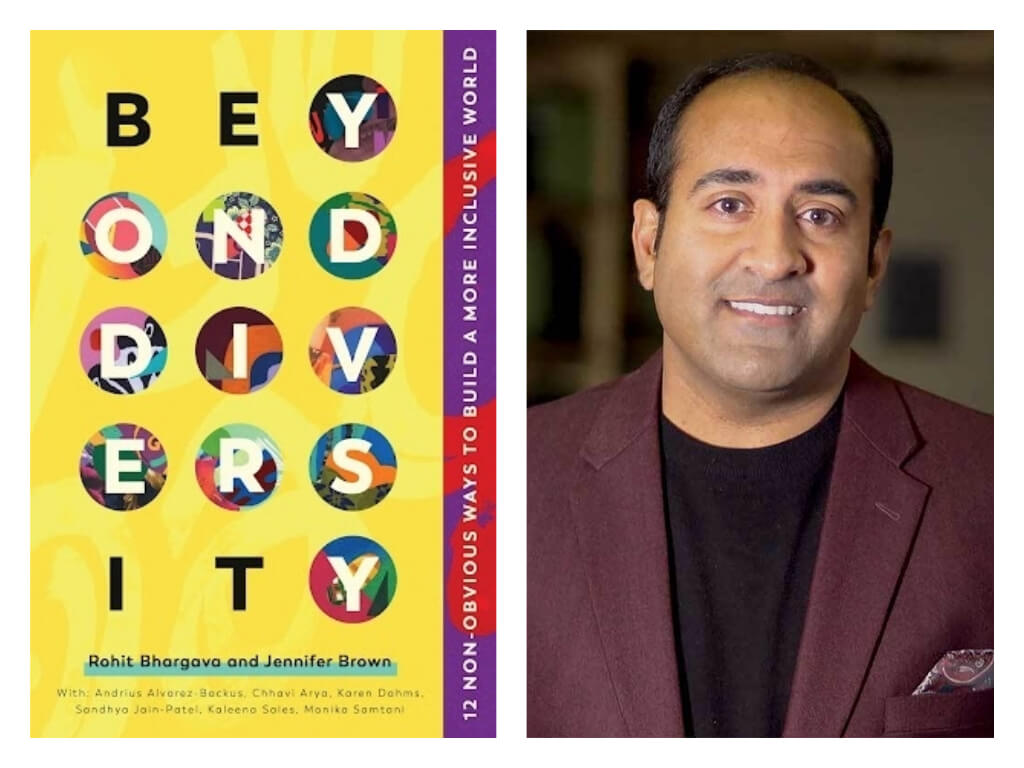
Rohit Bhargava Dissects The Authentic Way We Can Expand Our Perspectives In His Latest Book “Beyond Diversity”
Business Jan 28, 2022
A Wall Street Journal best-seller, authors innovation and marketing expert Rohit Bhargava and writer, researcher Jennifer Brown’s latest book Beyond Diversity: 12 Non-Obvious Ways To Build A More Inclusive World, which collects insightful perspectives when it comes to diversity from a broad swath of global thought-leaders. Inspired by their first ever virtual Non-Obvious Beyond Diversity Summit held in early 2020, Bhargava and Brown decided to sit down and break down key messages and lessons into 12 powerful themes, storytelling, technology, identity, retail, education and more. I chatted with Rohit Bhargava to get a more detailed idea on what I can learn from this book, the value of words vs actions and why this book is needed now more than ever before.
Hina P. Ansari: Congrats to you Rohit and to Jennifer on this book, which is now a Wall Street Journal best-seller. First you had your Beyond Diversity Summit early 2020, and from that the Beyond Diversity book came about. Tell me about that connection and why now?
Rohit Bhargava: The Non-Obvoius Beyond Diversity Summit was our chance to bring together lots of different voices that we had known or been reading from, but didn’t really seem to have a place where they could all talk about the same topic together because many of them are not. Diversity and inclusion people, they were just people working in their industries, and this was a topic that they cared about. And the idea of the summit was to try and create a place where we could bring lots of those conversations together and create more intersections. We wanted to find a way to take the ideas from the summit and move them from 50 hours of great video into a more digestible package that could be used by schools, organizations, book clubs and generally just groups to start conversations and to have more interesting dialog around diversity and inclusion.
HPA: Right at the beginning of the book, sort of as a standalone, almost like a prologue if you will, you have dedicated a few pages to the Power Of Words. I find that interesting because usually when we are talking and understanding the power of the words we choose it’s usually part of the actual argument, a paragraph here or there, or it’s in the footnotes. Here, you have decided to make sure everyone sees it with it’s front-of-book placement. Can you tell me more about that intent?
RB: What we wanted to do in at the start of the book was not be afraid to use language and linguistic choices that would that would seem like intentional decisions for people when when we had thought deeply about them. And so what we wanted to try and do was give people a sense of the new process behind why we choose to use certain words and and how important words are, and especially when it comes to this topic. People can misunderstand or have their own kind of perspectives when it comes to the different types of words that we use. And we wanted to kind of make that upfront to make a transparent admission that words we’ve chosen is working intentionally and we thought deeply about them. But we also are coming at this from not only our modern perspective of right now the type that we’re living in, but also the perspectives of us as authors and the kind of life that we’ve lived and the experiences that we’ve had. Because, you know, with a book, this book is going to be read five, 10, 15 years from now. And at that point, sometimes language would have shifted, and we wanted to acknowledge that.
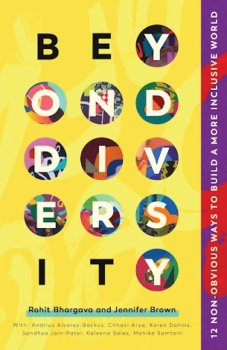
HPA: Talk to the value of bringing in as many different perspectives as possible.
RB: It is important to us to seek many different identities of people and perspectives and bring them into this book, and you can never do that if a book is just written from one person, one author’s perspective, or to view the two authors’ perspectives. And so we had six current contributors to the book. And we also brought in more than 100 voices of people who we interviewed, conversations that we had. We engaged the services of a group of sensitivity readers to look at kind of more final versions of the draft and give us feedback on any language or stories or insights that felt like they did not encompass someone else’s experience who was outside of our own. So we really did try to bring in many different perspectives and go beyond just the experience of what two authors would bring in and make this book reflective of lots of other people’s experiences, too.
HPA: You mentioned in history there are two key segments in society: the oppressed and the oppressor. However you go further by pointing out another group: the bystander. Tell me more how the bystander fits into the bigger picture.
RB: We do hear a lot about the oppressed and the oppressors, and it seems like a a contest between those two. The oppressors are the ones who benefit from holding people down, and the oppressed are the ones who are steadily trying to fight back to gain more rights or equity and gain more control. And one of the things that we discovered through much of the reading and conversations that we had leading up to the book is that there is actually a third category that is generally underappreciated in history and under discussed. And that third category is the bystander. The bystander is the one who sees the struggle between the oppressed and the oppressors and chooses to do nothing. Chooses to let it exist. And this book was really an open call for each of us to think about the situations in our lives where we may have been bystanders and challenges us to think about what more we could have done. And in the future, what more we could do to no longer be a bystander, to actually stand up for people who can use our help and use our voice to benefit their struggle. And so that was a big, big part of what we wanted to talk about and read about.
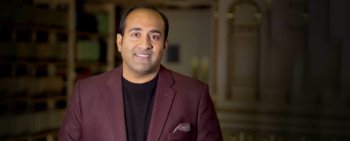
HPA: You have indicated that “this is not a research book. It’s a do something book”. Why did you feel that distinction needed to be made?
RB: This is a book about a topic that there are many books about. And one of the things that you’ll find with many of the books about this topic is that they are amazing at starting the conversation. Not many of them are guidebooks in the sense of showing “if you want to achieve this, do this first and then do this and then do that”. And one of the challenges that we try to tackle and constantly think about as we were putting this book together was what if we could do that? What if we could create a book about a difficult topic of which there are no easy solutions? What if we could create a book that did give people a very detailed view this first that do that and do that sort of guide? What would that look like? And not really. That’s what really inspired us through the book. So that is, in fact, what you will find at the end of each one of the chapters and every chapter has a theme. And so there’s 12 chapters on 12 themes such as storytelling, technology, leadership, government entrepreneurship, and at the end of each chapter, there is a ‘here’s what to do next: one, two, three. It gave us the optimism on the idea that each of us can really play a role in creating a more inclusive world that doesn’t have to be, Oh, we need our entire society to change. That may be what ends up happening over time, but that is too much for any one person. And so what we uncovered is that there are things that we can each do that will have a huge impact, and that was a really helpful thing.
Main Image Photo Credit: Rohit Bhargava
Hina P. Ansari
Author
Hina P. Ansari is a graduate from The University of Western Ontario (London, Ontario). Since then she has carved a successful career in Canada's national fashion-publishing world as the Entertainment/Photo Editor at FLARE Magazine, Canada's national fashion magazine. She was the first South Asian in...


















